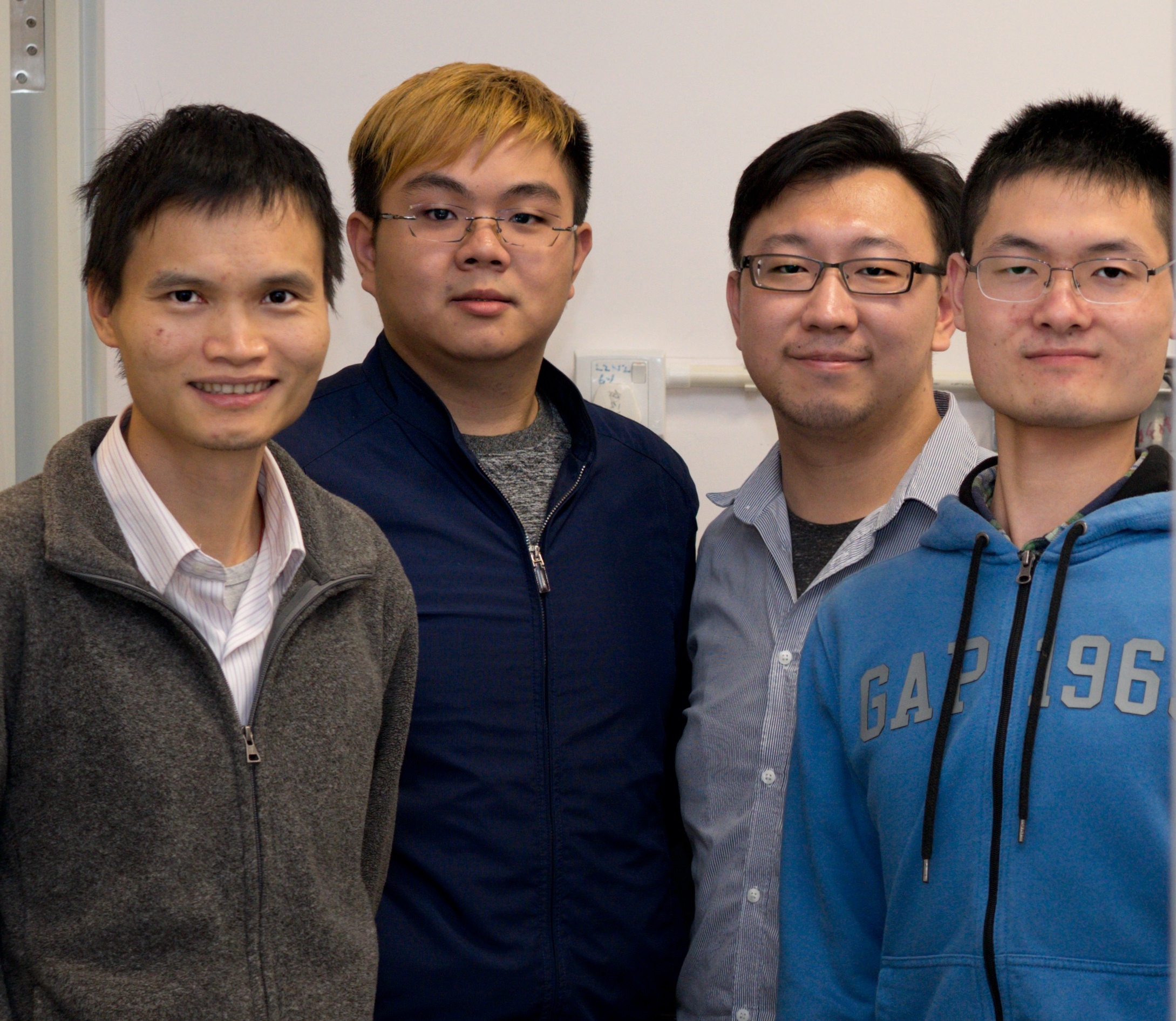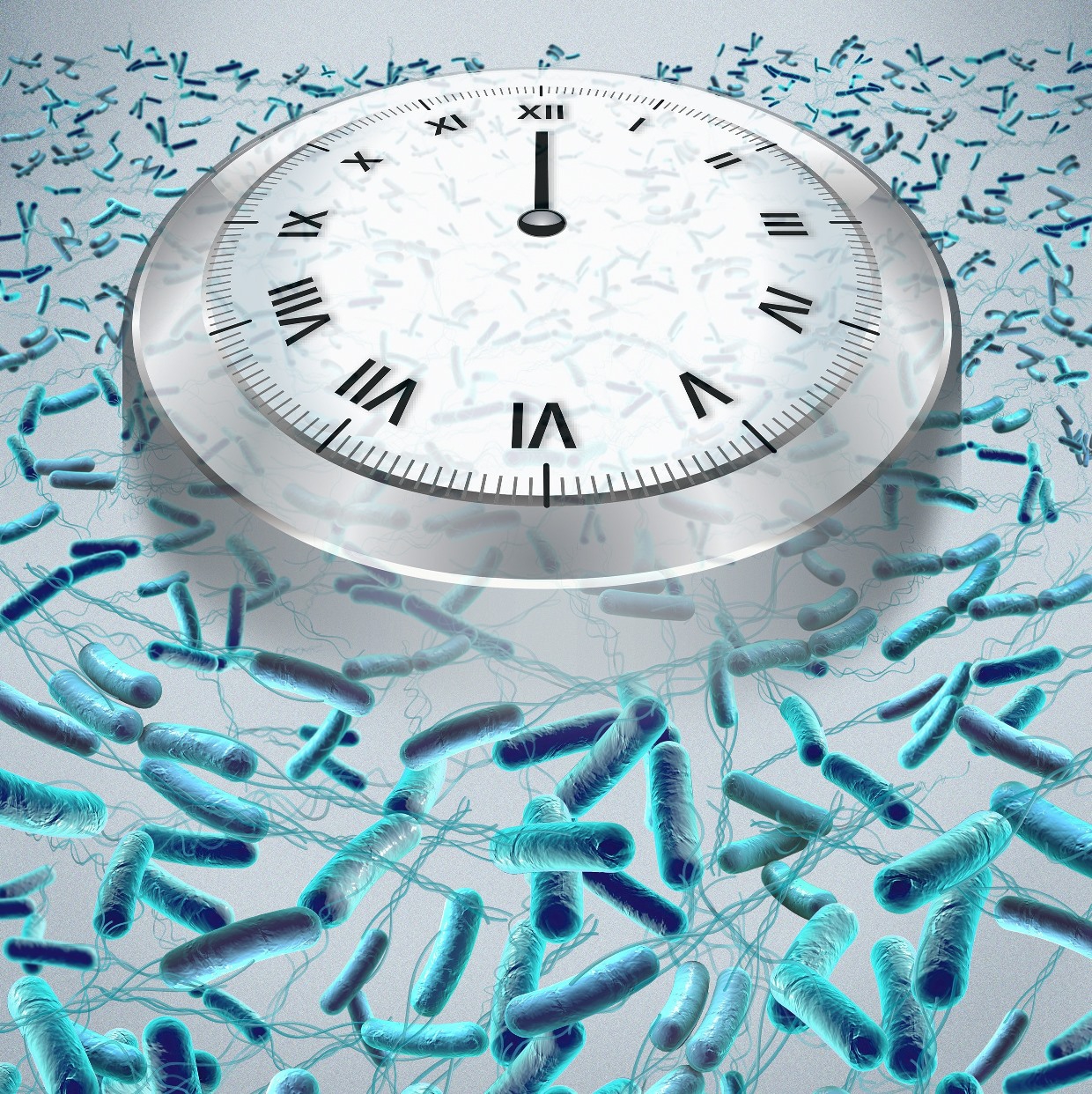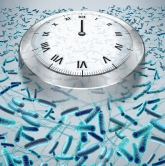CUHK
News Centre
CUHK Biophysicists Discover Hidden Order in Bacterial Collective MotionProvides new direction of study on biomedicine and active matters
An international team led by scientists at Physics Department of the Chinese University of Hong Kong (CUHK) discovered a surprising form of biological collective motion: PhD students Mr. Song Liu and Mr. Chong Chen from the laboratory of Prof. Yilin Wu, a biophysicist and faculty member of CUHK Physics, revealed that millions of motile cells in dense bacterial suspensions can self-organize into highly robust collective oscillatory motion, while individuals move in an erratic manner. This ‘weak synchronization’ phenomenon presents a novel mechanism of oscillatory behavior in multicellular systems and constitutes a new type of ordered active matter. Experimental evidence, together with a mathematical model developed by theorists Prof. Hugues Chaté from CEA-Saclay in France and Prof. Xia-qing Shi from Soochow University in mainland China, demonstrate that the self-organized collective oscillatory motion may result from spontaneous symmetry breaking of bacterial motion mediated by purely local interactions between individual cells. The team’s work has just been published in the international scientific journal Nature.
These findings expand the knowledge of self-organized phenomena in biological systems. Collective oscillatory behavior is ubiquitous in nature and it plays a vital role in many biological processes, such as embryogenesis, organ development, and pace-making in neuron networks. Collective oscillations in multicellular systems studied to date often arise from long-range coupling between individual cells that display inherent oscillations. In stark contrast, the collective oscillation in dense bacterial suspension discovered by the team does not require long range coupling, or even inherent oscillation of individual cells. Instead, it emerges from averaging large numbers of erratic but weakly-coupled trajectories of single bacteria; as a result it is elusive and has been previously unnoticed. Many bacteria live in surface-associated communities known as biofilms that are important to ecology and human health. The uncovered collective oscillation may have profound effect on the formation and structure of bacterial biofilms. The researchers expect to see the unique mechanism of collective oscillation in other biological processes that involve a large population of cells and hope to foster biomedical research.
Apart from facilitating studies in microbiology and biomedicine, the reported phenomenon will provide new direction in studying active matter systems. As a fast-growing and interdisciplinary field, active matter science studies systems composed of units where energy is spent to produce motion. This includes all living organisms from cells to animals, the subcellular constituents driven by molecular motors, and synthetic materials resulting from the self-organization of active elements; self-organization principles learned from these systems may find applications in tissue engineering and in fabricating new bio-inspired devices or materials. The collective oscillations revealed here constitute the first known instance of weak synchronization of random trajectories. This provides new insights for understanding the physics of self-organization in non-equilibrium systems. The way this weak synchronization arises from local interactions may inspire new strategies for designing swarming robots that are able to perform collective tasks without central control.
Chong Chen, Song Liu, Xiaqing Shi, Hugues Chaté, Yilin Wu (2017) Weak synchronization and large-scale collective oscillation in dense bacterial suspensions. Nature (2017) doi:10.1038/nature20817.
http://www.nature.com/nature/journal/vaop/ncurrent/full/nature20817.html
(From right) PhD students Song Liu, Wenlong Zuo, Ye Li, and Prof. Yilin Wu of the Department of Physics, CUHK.







